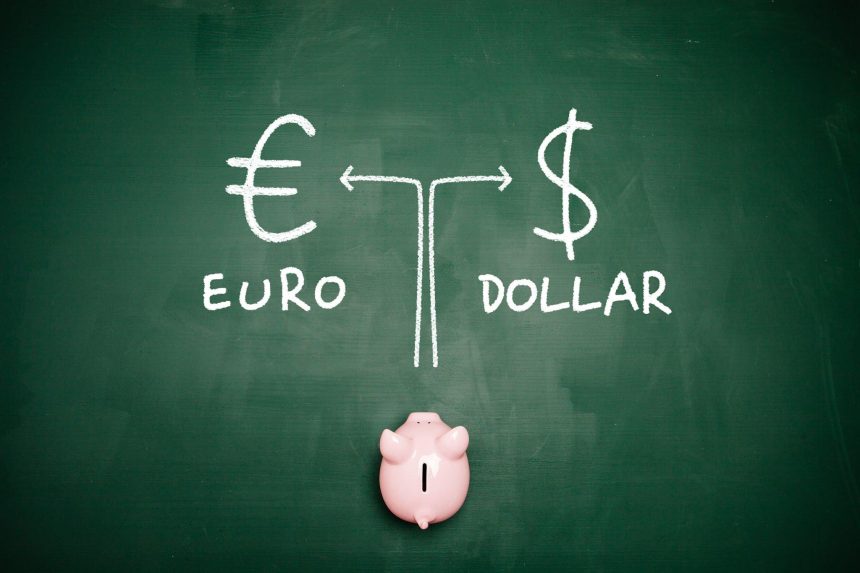EURUSD has plummeted below the 1.0800s, close to a significant milestone for the short term trend.
On the last day of the week, EURUSD is trading in the 1.0800s, down from its prior range of the 1.0900s. The catalyst appears to have been Thursday’s US macroeconomic data, which undermined expectations of the Federal Reserve (Fed) executing early interest-rate reduction.
Thursday’s report showed that the US Producer Price Index (PPI) surprisingly jumped 1.6% YoY in February after an upwardly revised 1.0% increase in January, handily surpassing consensus. Estimates for 1.1%.
Along with lower-than-anticipated Initial Jobless Claims and a gain – but not as much as predicted – in Retail Sales to 0.6% from a negative, revised-down 1.1% before, the statistics revealed the US economy is still hotter than expected.
It is likely that the Fed will have to maintain higher interest rates for an extended period of time. This is negative for the EURUSD but beneficial for the US Dollar (USD), as higher interest rates attract more foreign capital.
EURUSD: Talking heads at the ECB cluster this summer.
On Thursday, a lengthy line of European Central Bank (ECB) policymakers appeared in public, with some expressing their opinions on when the ECB should begin decreasing interest rates.
Christine Lagarde presented the official line in the news conference that followed. At the March ECB meeting, it was decided that the Governing Council will review interest rates in June.
Following the meeting, however, Governor of the Bank of France Francois Villeroy de Galhau sparked market speculation by implying that an interest rate drop may occur as early as April.
His statements suggested that two camps at the ECB were forming, with one advocating a rate cut in the spring and the other in the summer.
On Wednesday, the Governor of the Bank of Austria and member of the ECB Governing Council, Robert Holzmann, joined the June camp.
Early Thursday, ECB Governing Council member Yannis Stournaras appeared to support the case for a spring rate cut, adding that he didn’t buy the argument that the ECB couldn’t drop rates before the Fed, and that four rate cuts in 2024 appeared reasonable.
Also on Thursday, ECB Governing Council member Klaas Knot predicted that the ECB would begin reducing interest rates in June.
According to Bloomberg News, ECB Vice-President Luis de Guindos stated on Thursday in Barcelona that “the ECB should have sufficient information in June to begin making monetary policy decisions.”









